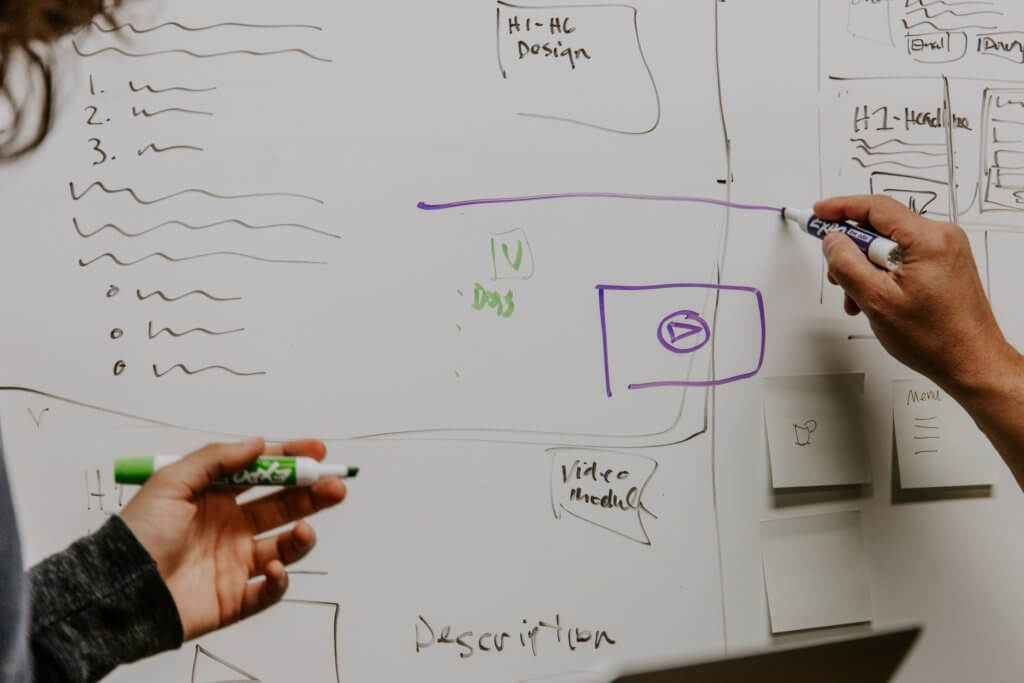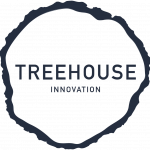So you’ve been to a design thinking workshop… now what?
So you’ve come away from a great design thinking workshop feeling excited about the incredible things you can do with your new innovation skills.
But what can you actually do to start making use of your newfound knowledge and abilities?
Here are three simple ways you can keep the magic of that workshop alive.
Start using the skills you learnt in the design thinking workshop in your day-to-day
You can start applying the tools and mindsets you learn in a design thinking workshop straight away.
Don’t think about design as something you have to do as a sequential process. You can start using what you’ve learnt to change the way you do the tasks you do everyday.
For example, when you speak to your customers, use your new understanding of what it means to truly empathize. Ask questions that help you understand more deeply what they really value – listening out for those snippets that might help you form an insight into an unmet, or even unarticulated, need you could help them with.
Apply these rules to all your conversations. Ask more ‘Why’ questions when you speak to your colleagues. Think more about what their motivations are to help you find better solutions together, faster.
Make this a habit, and you’ll find yourself more frequently identifying emerging needs and potential solutions – often before people are able to ask for them.
When you come up against a challenge during a meeting, be the one to propose a quick brainstorm, to help the team work through whatever they’re stuck on. Model what it looks like to pose ideas without fear of judgement, and to stay open to suggestions from others.
And when you have a new idea, don’t build it in isolation, create a quick prototype or draw a sketch. The simpler and rougher it is, the more encouraged your colleagues will feel to give feedback and help build it with you. This way, you’re learning faster about what is good, and maybe not so good, about your idea before you or others get too committed to it or pour in too many resources.
As a leader, show your teams simple, effective ways to collaborate and get things moving forward using what you’ve learnt. And don’t forget to model these behaviors when people are watching – that makes these often small but meaningful changes really stick.

Tackle a challenge
A great way to make your newly acquired design skills pay off is to tackle a real challenge. Grab some co-conspirators and just give it a shot.
The key is to start small. Don’t try to take on anything complex. Have your first go on something fun.
Perhaps you want to look into a challenge like ‘How might we help distributed teams get to know each other better?’ or ‘How might we help people socialise whilst working from home?’
Going through a full sprint doesn’t have to take long. If just a few people do a handful of ten minute empathy interviews, you can find yourselves with a good number of findings and insights to work from. Brainstorms needn’t take long either, and prototypes can be drawn up on a sheet of paper in a few seconds.
All of the structure and guidance that’s built into Sprintbase is there to help make this process as easy as possible, and keep every aspect of your team’s contributions to a project in one place.
By going through an end to end process, you’ll gain more skills and confidence, and feel ready to use design thinking to tackle a real, bigger challenge when it arises. And, by seeing even the most light and informal challenge through, you’ll be honing critical design skills you can apply back in your day to day work.
Demonstrate your impact
However you’re using your new design skills, you’ll be achieving more successes with them than you realise. It’s so important to celebrate and share them all.
Perhaps you held a brainstorm to help your team work through a new idea, and saved time which would otherwise have been spent discussing it for days over email.
Or maybe you had a conversation with a client and asked questions which helped you find out something you wouldn’t otherwise have known.
Or perhaps that rough-and-ready prototype you showed to a customer got you some invaluable feedback about what they love or hate about the idea. The lessons you learnt about what they do and don’t want, and the time you can now spend focusing on creating something they’ll value, rather than wasting hours building the wrong thing, is well worth shouting about.
However big or small the success, talk about it with your team. Show people the benefits of taking a human-centred approach. Not only will it encourage colleagues to support your work, they’ll also want to start adopting design thinking tools and mindsets themselves.
In short, don’t be afraid. Keep learning, keep experimenting, and don’t worry about doing it wrong. Make the most of the range of free tools that are out there – we like the amazing tools offered by Stanford d.School, Experience Point’s blog The Prototype, as well as the great resources available at Open Ideo’s designkit.org. Dig in and have fun!
We offer hands-on, expert led design thinking and innovation training. Find out more and book now.

